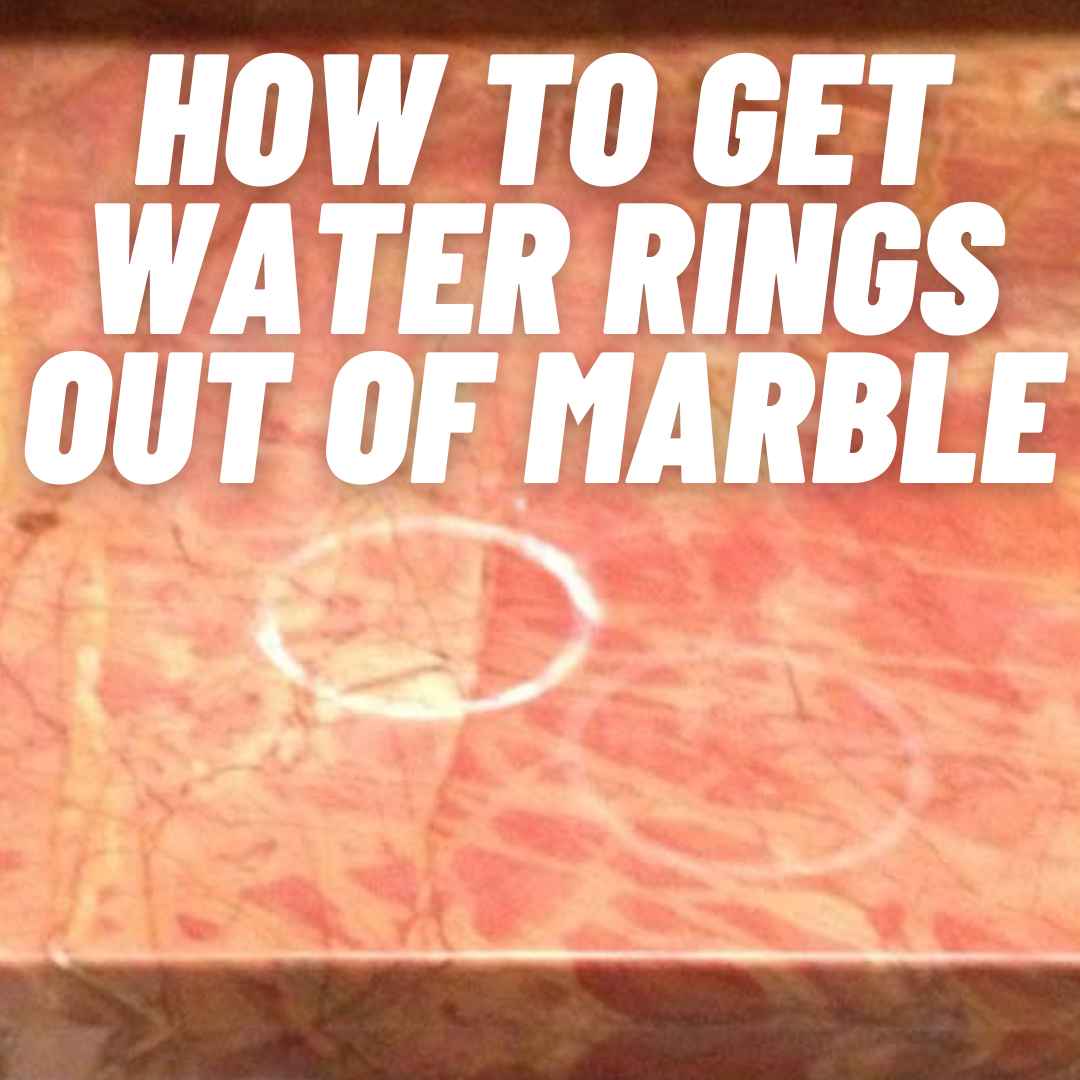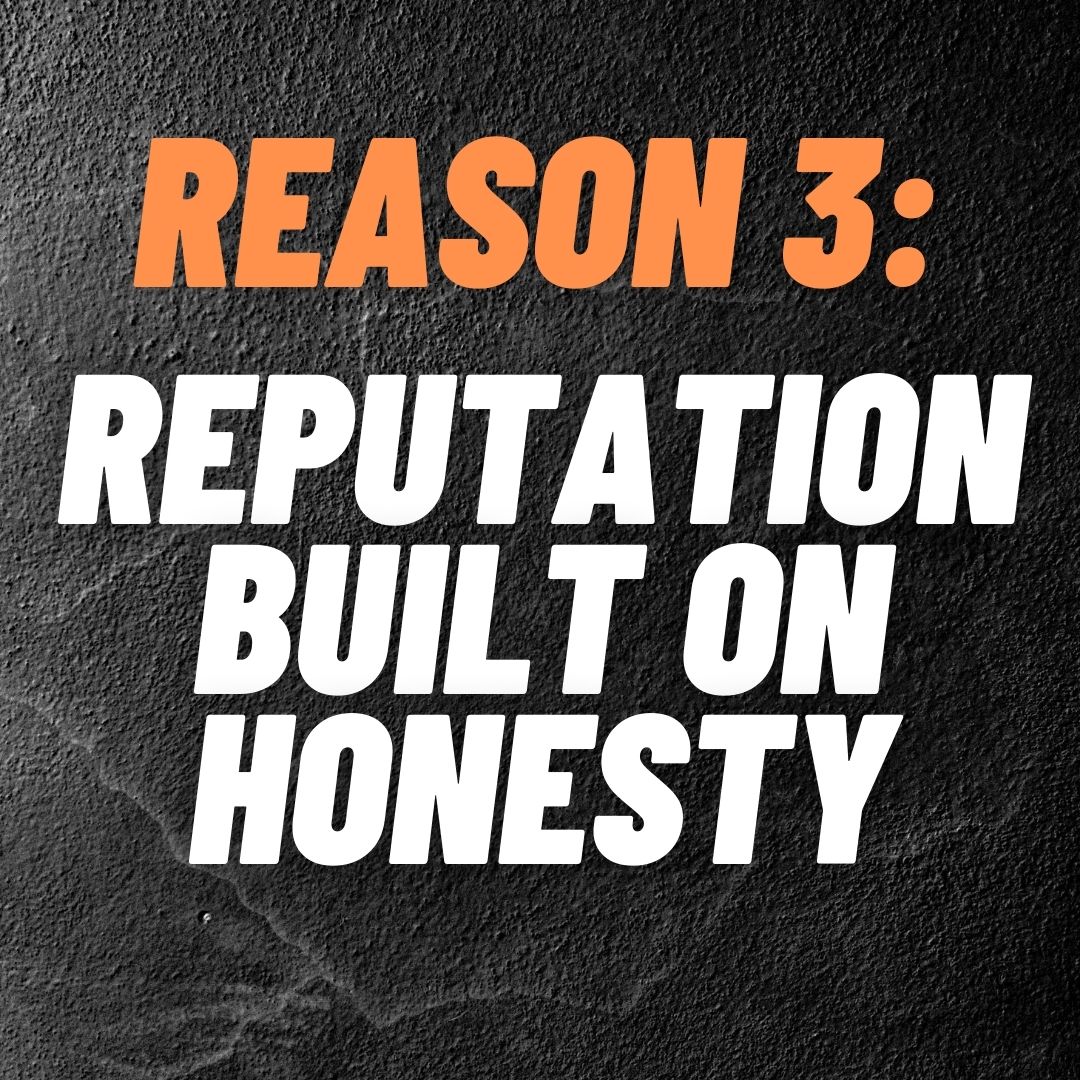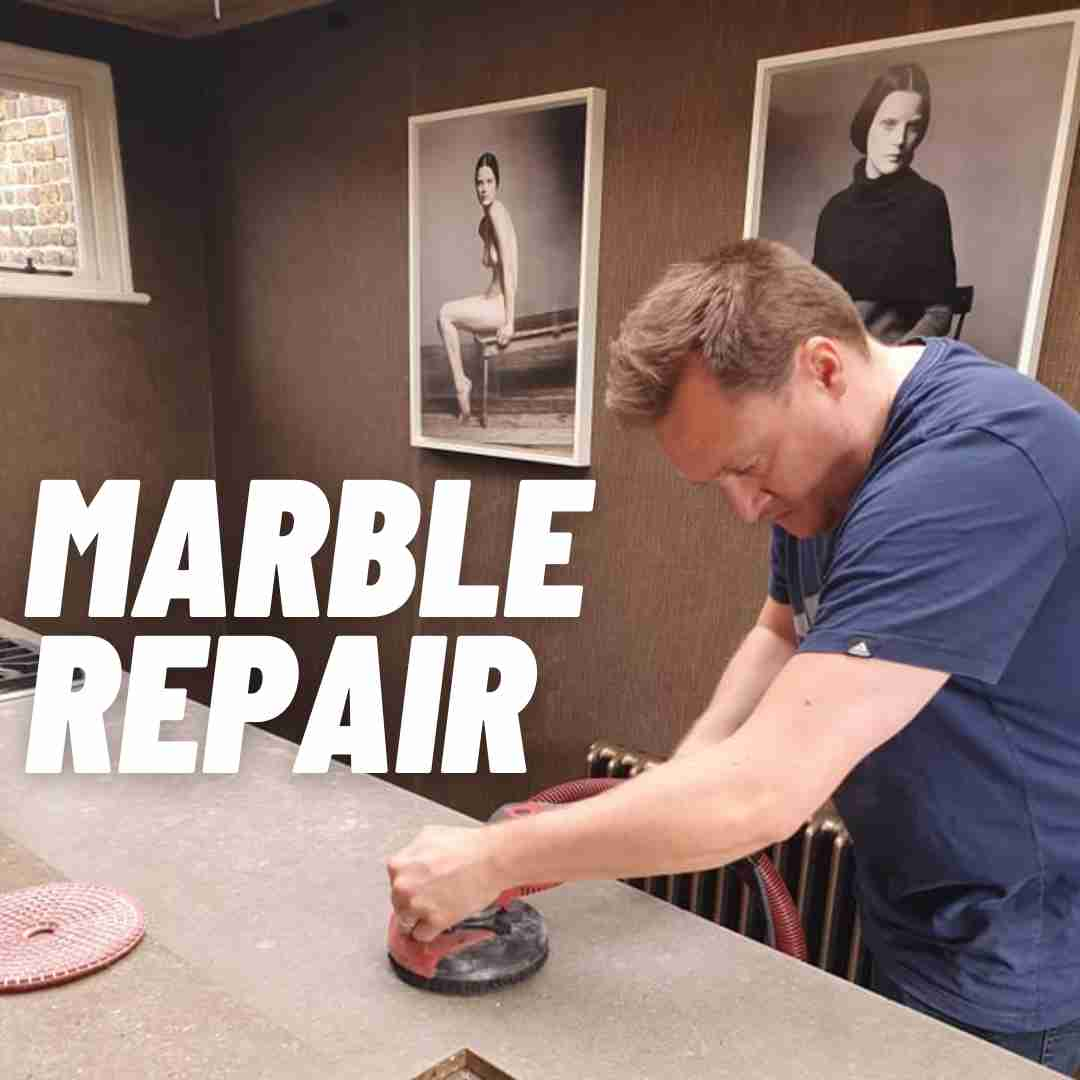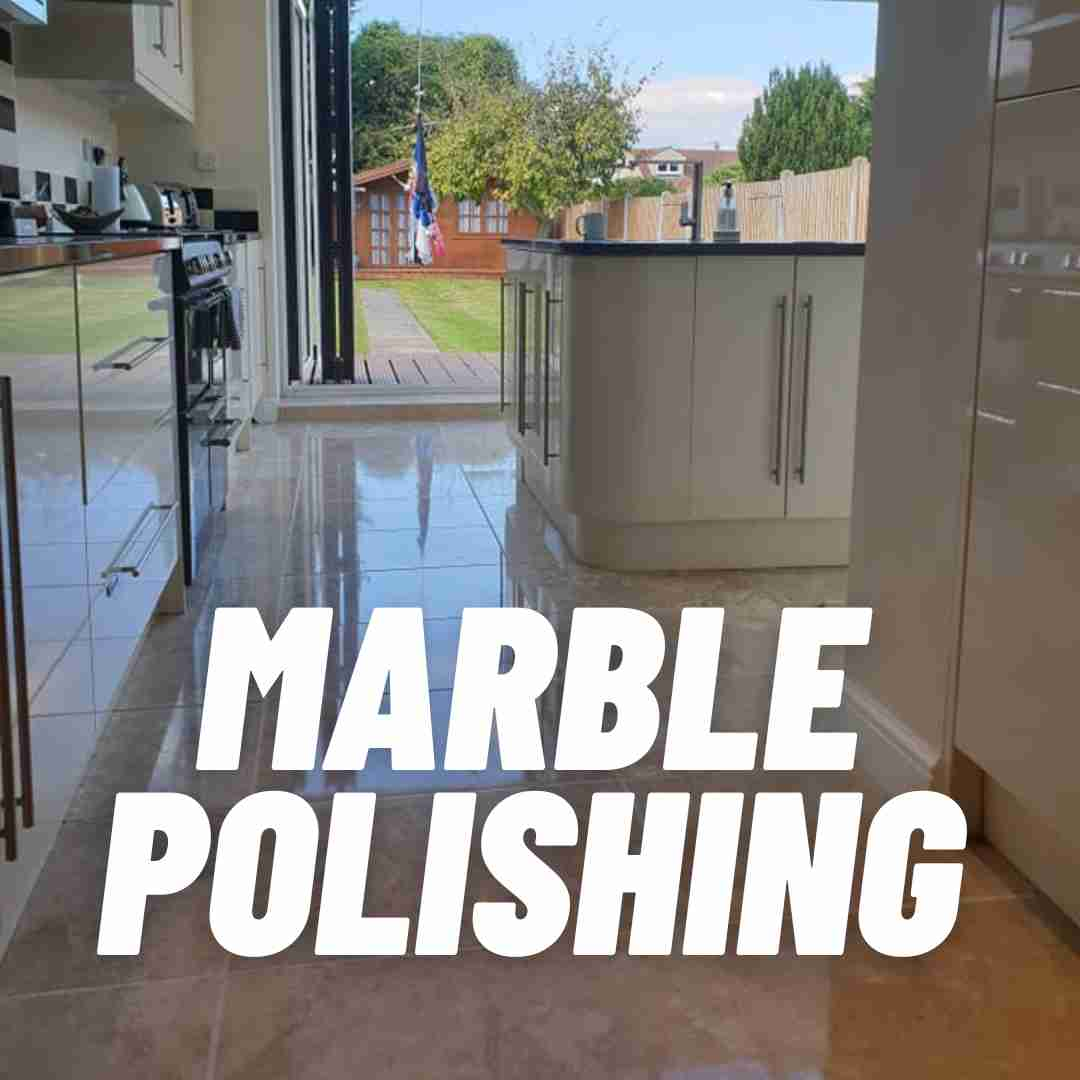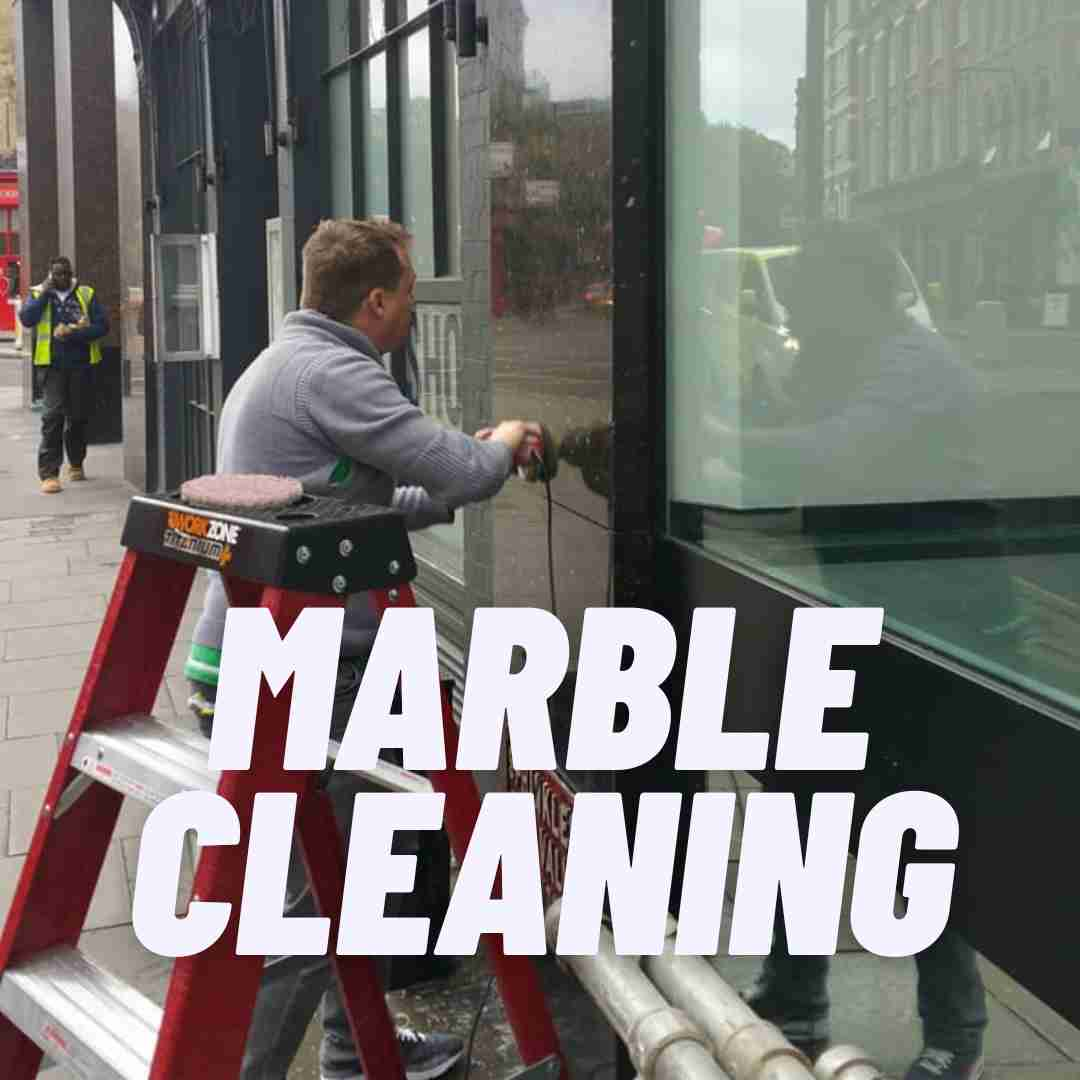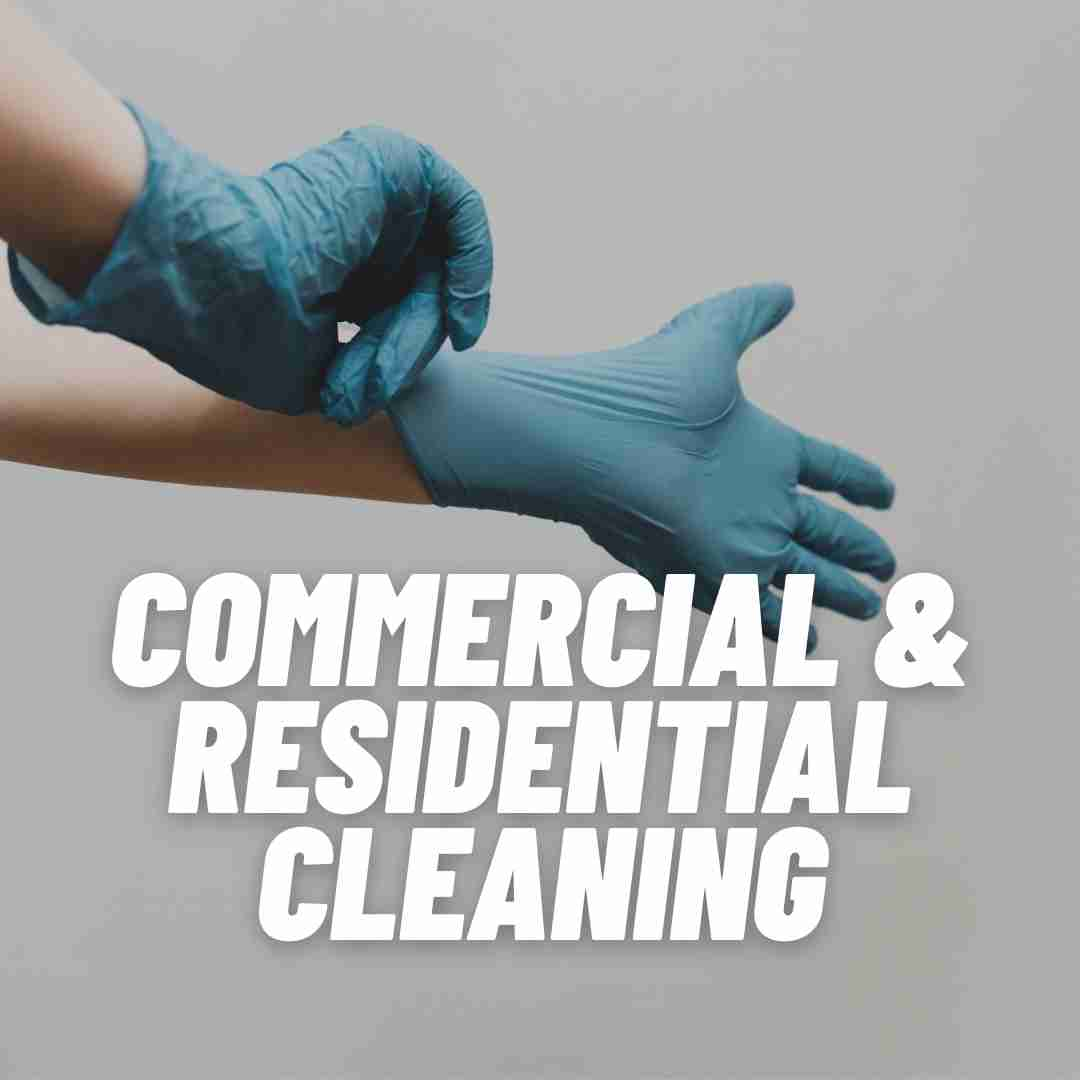Explanation of the Science Behind Water RingsWater rings on marble surfaces are caused by a chemical reaction between the minerals naturally present in the stone and the water that seeps into it. When the water evaporates, it leaves behind dissolved mineral deposits, which then crystallise on the surface forming a clearly visible ring or mark.
Marble is a porous material, meaning it contains tiny pores that can absorb liquids. When water penetrates the pores of the marble, it can become trapped, and as the water slowly evaporates over time, the dissolved minerals that remain create a visible ring or stain.
Why They Are Hard to RemoveSince water rings are caused by a chemical reaction, they can be difficult to remove using conventional cleaning methods. Furthermore, the porous nature of marble makes it particularly susceptible to water damage if not properly sealed and maintained.
To remove water rings from marble, it is important to use gentle cleaning techniques that do not damage the surface of the stone. Some methods include:
Using a poultice: A poultice made from a mixture of baking soda and water can be applied to the affected area. The paste should be thick enough to adhere to the surface and is left to dry for 24-48 hours. Once dry, the poultice can be wiped away, taking the water ring with it.
Specialised cleaning solutions: It is critical to use a stone-safe cleaner
designed for marble surfaces, as some chemicals can further damage the stone. Follow the manufacturer's instructions for best results.
Gentle abrasion: In some cases, gently rubbing the area with fine-grade steel wool or a soft cloth can remove the water ring. However, be very careful not to scratch or damage the surface.
Though it is possible to treat water rings on marble surfaces, prevention is always better than cure. Regularly sealing marble surfaces and using coasters or placemats can help to avoid the formation of water rings in the first place.
